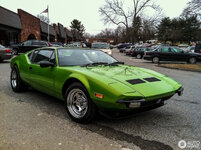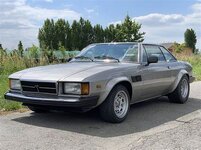PlasticHero
Senior Airman
I have the perfect part time job; moving cars on a VERY large auto auction facility. Most of the time it is mundane sedans but sometimes, something interesting needs driven. The lot speed is at best 30 and the drive is at most only a few minutes. I have driven these or essentially the same car and if given the choice, and I know this is unpopular, I would take a older, less powerful, car over any of the hyper cars, foreign or domestic all day long. First, a manual is required; and convertible is highly favored. The Prowler is a comfortable car to drive, but it's to be seen in, not to go somewhere. The lifted trucks are just awful. (sorry lifted truck guys/gals)





